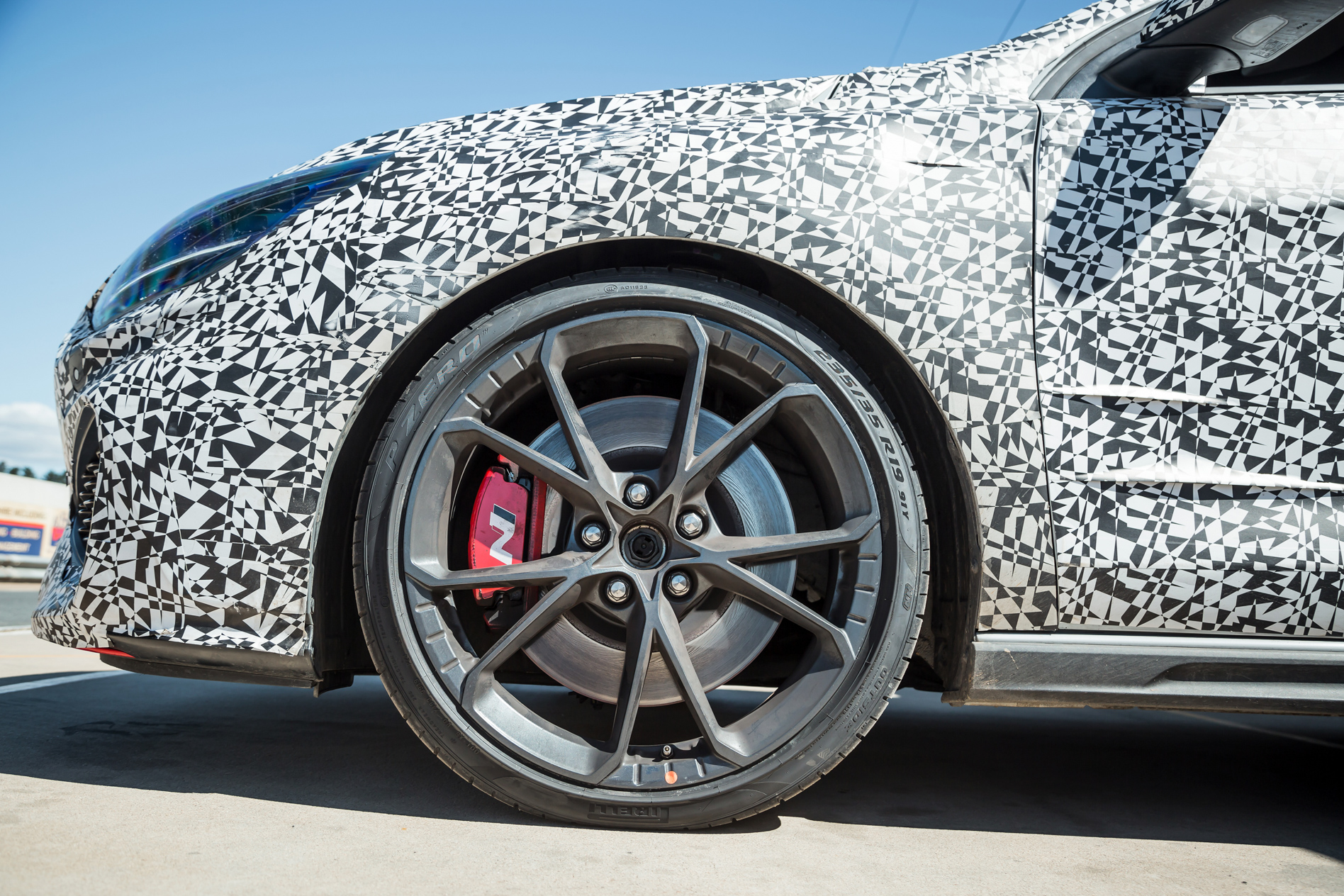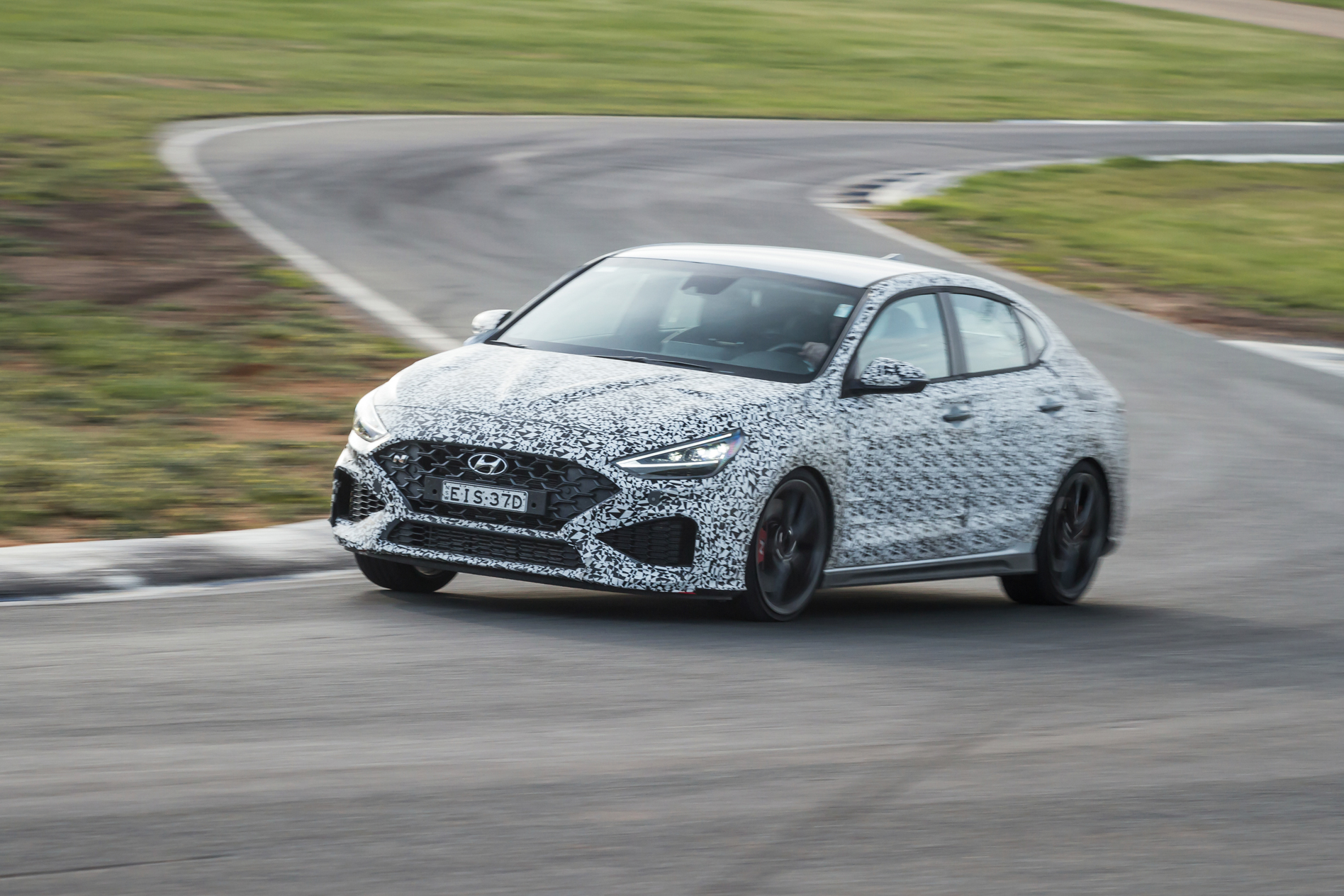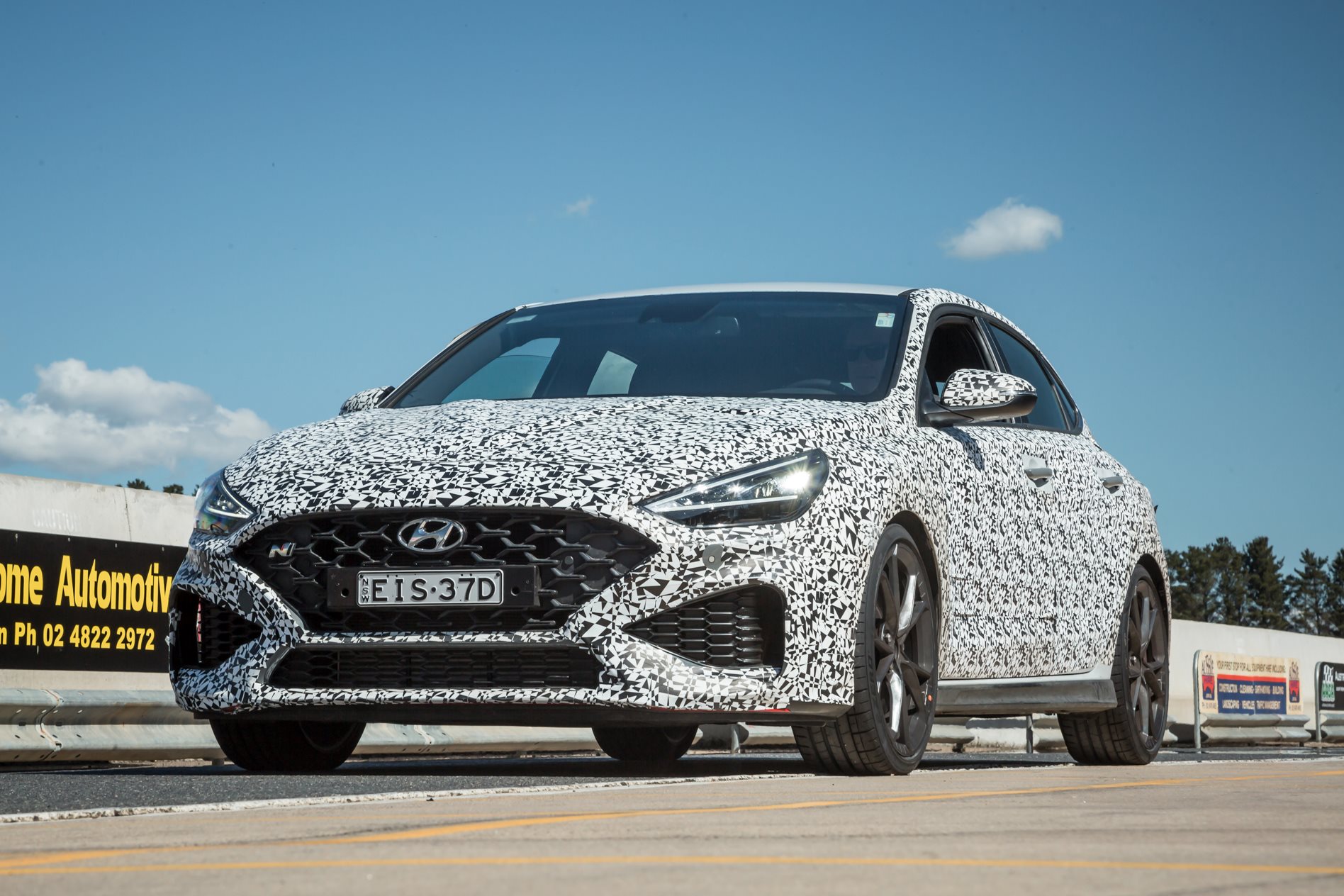Three years ago, Hyundai dropped its devastatingly effective i30N on a gobsmacked world. Choirs of angels sang, the sky was bluer and all was well with the world.
Rowdy, quick and properly competent, the i30N has since attracted legions of followers thanks, in part, to the fact that it could only be bought with three pedals.
“Every time I see an i30N, I see a car enthusiast,” remarked my car-mad 18-year-old, right before he forgot to put the bin out.
It’s a good point – a lot of people have already missed out on a good thing, because they didn’t want or couldn’t have an i30N with a clutch pedal.
“It’s coming,” said Hyundai of the DCT at the i30N’s launch in 2017. And in 2018. And… well, you get the point.
It’s taken a while – three facelifts, in essence – for Hyundai to roll out its in-house eight-speed dual-clutch transmission to the i30N, but it’ll be here in the first half of 2021.
Why did the Hyundai i30N auto take so long to arrive?

Why did it take so long? “Good things take time, and the performance benchmarks that were set were exceptionally high,” product manager Andrew Tuatahi told me.
The good news is that the third version of the i30N is – once again – a perceptibly better car than the already-good one that preceded it.
There’s a little more power (4kW to 206kW) and a chunk more torque (39Nm to 392Nm), thanks to a revised turbo and intercooler that was designed to flatten the power curve.
It’s also two-tenths quicker to 100km/h (5.9sec) than the manual.
“You’re getting your power earlier, and it’s maintaining that peak power level up into the top of the rev range,” said Tuatahi.
As part of the addition comes a raft of both midlife updates and modifications to cope with the addition of the heavier DCT.
The transmission itself weighs an extra 60-odd kilograms over the six-speed manual, which prompted changes to spring and damper rates, brake size (15mm larger front rotors to be exact) and even power output.
The new i30N is heavier – and lighter

Some measures to blunt that mass trauma have been taken – the 19-inch forged rim set, for example, nets a 14.4kg total saving, while optional sports seats will save a couple of kilos.
There’s a revised suspension tune, too, focusing on widening the range of feel in the adaptive shocks, as well as improving turn-in with cleverer use of bushings.
While COVID-19 cruelled an expanded tuning program, Australia still had a hand in the tweaks.
“We were looking for a bit more comfort to deal with rough Australian roads, but the Sport and the N tunes are similar to what you’ve felt before,” Tuatahi confirmed.
How does the i30N DCT perform?

A brief run in a DCT-equipped left-hook mule at Wakefield Park in Goulburn, NSW reveals a little of the potential that this more mature N will bring to the battle with cars like the incoming VW Golf GTI Mk8 and the Ford Focus ST.
Even on prototype dampers, the range of compliance and comfort between softest and firmest is discernibly wider, while the power delivery from the 2.0-litre four-cylinder engine is stronger lower down the range.
And how does the Hyundai i30N’s dual-clutch transmission drive? Five kilometres of track driving doesn’t tell you much, but from pull-away it almost feels like a standard auto, with little of the hunt-and-peck nature of some DCTs in evidence.
In N mode and left to its own devices, the DCT makes the right choices, serving up the correct gear at the correct moment.
At pedestrian speeds it feels invisible, which is kinda what you’d expect.
Changes aren’t rifle-quick, but they are robust and firm, with the fleshed-out power curve helping to keep things on song.
If you’re not a manual driver, the i30N DCT will be a quick, comfortable and entertaining hot hatch.
But the manual car, which will still get all the good bits, will be about 30kg lighter after the new weight saving measures…
Hyundai i30N DCT prototype verdict
Likes: Top-flight hot hatch finally grows up
Dislikes: Heavier than equally powerful manual
Rating: Need to drive it more
Hyundai i30N DCT prototype specs
Model Hyundai i30N DCT
Engine 1999cc 4cyl, dohc, 16v, turbo
Power 206kW
Torque 392Nm
Weight 1590kg (est)
Transmission 8-speed DCT
On sale H1 2021





